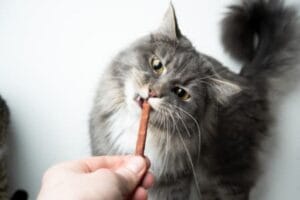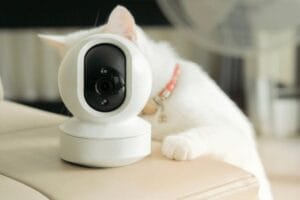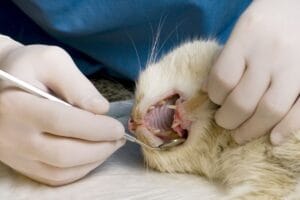Is Jeyes Fluid Harmful to Cats? – Exploring Potential Risks
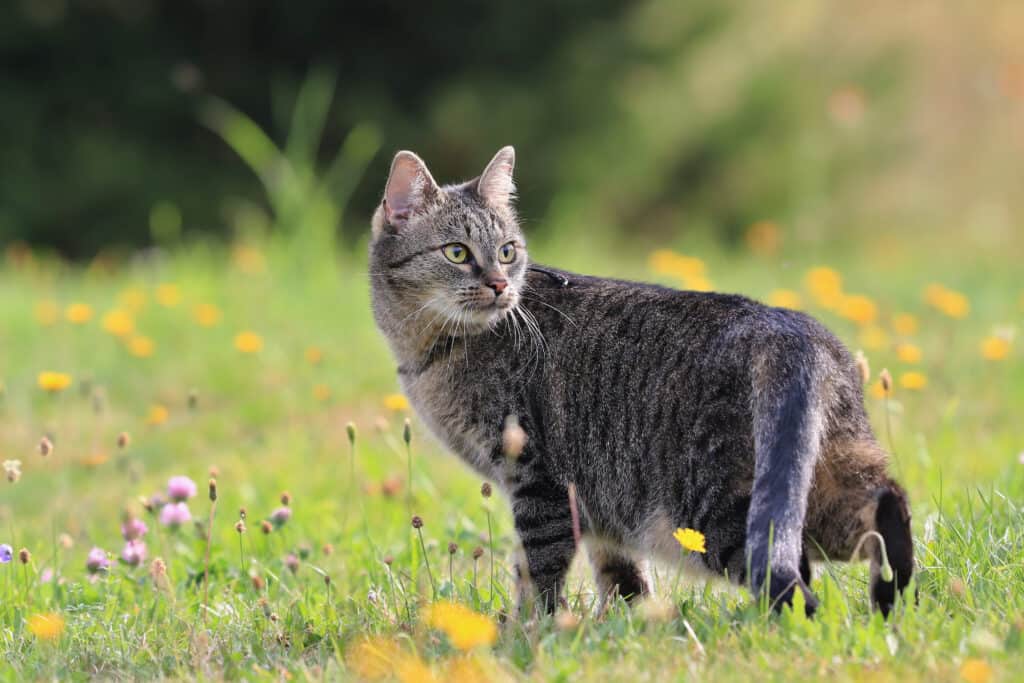
Is Jeyes Fluid Harmful to Cats? Read the article and find out!
Jeyes Fluid, a well-known disinfectant and cleaner, has been widely used for various outdoor cleaning purposes. However, as cat owners, it’s essential to be aware of potential hazards that certain products may pose to our feline friends. In this article, we will delve into the topic of whether Jeyes Fluid is harmful to cats, examining its composition, uses, and potential risks.
Understanding Jeyes Fluid
Jeyes Fluid is a versatile product commonly used for disinfecting and cleaning outdoor areas such as patios, driveways, and garden furniture. It is formulated using a combination of chemicals, including phenols, pine oil, and detergent agents. This unique composition gives Jeyes Fluid its disinfectant properties, making it effective in killing bacteria and germs.
The product’s primary purpose is to eliminate harmful microorganisms and provide a clean and hygienic environment. Its versatile nature allows for use in a variety of applications, such as cleaning outdoor surfaces, deodorizing waste bins, and removing algae or moss growth. Jeyes Fluid has gained popularity due to its efficacy in tackling tough stains and odors, making it a go-to choice for many outdoor cleaning tasks.
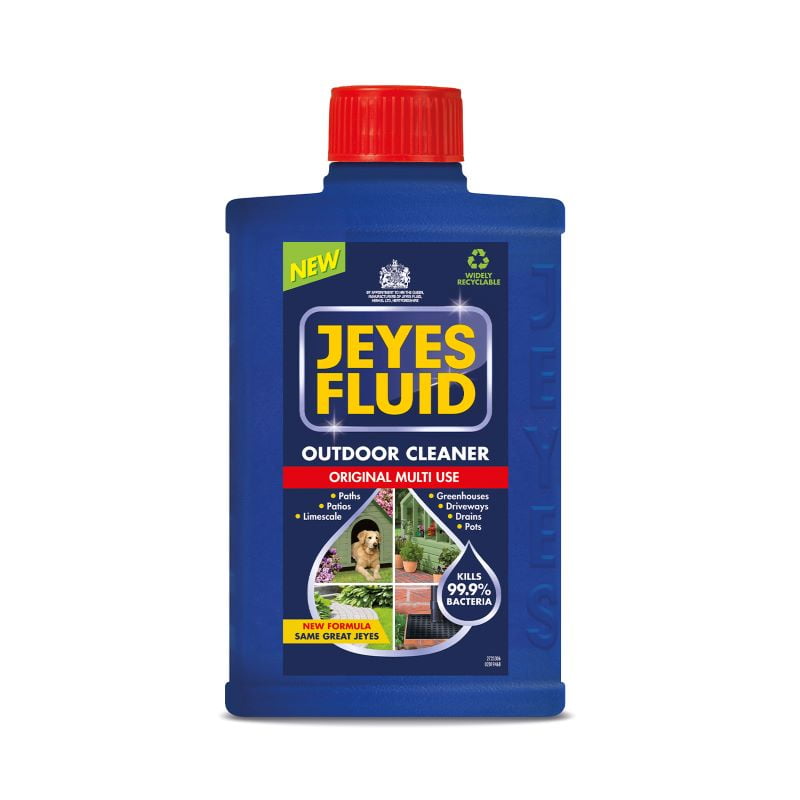
Potential Dangers of Jeyes Fluid
While Jeyes Fluid serves its intended purpose as a disinfectant and cleaner, it is important to acknowledge the potential risks associated with its use around cats. Some of the ingredients in Jeyes Fluid, such as phenols, can be harmful to cats if ingested or if they come into contact with them through their fur or paws.
Phenols are a class of chemicals commonly found in disinfectants, and they are known to have toxic properties. Cats are particularly sensitive to phenols due to their unique physiology. When cats groom themselves, they may ingest small amounts of the substances present on their fur, which can lead to toxicity. Additionally, cats have a higher chance of exposure to Jeyes Fluid when they explore or come into contact with treated outdoor areas.
Studies and expert opinions have shed light on the potential dangers of phenols for cats. According to veterinary professionals, exposure to phenols can cause various adverse effects on feline health, including skin irritation, digestive problems, respiratory distress, and even damage to internal organs. These effects can range from mild to severe, depending on the concentration of phenols and the duration of exposure.
So, is Jeyes Fluid harmful to Cats? Yes indeed it is!
Caution with Products Around Cats
Considering the potential risks associated with Jeyes Fluid and its ingredients, it is crucial to exercise caution when using any product that contains phenols around cats. To safeguard your feline companions, it is advisable to:
- Read product labels carefully: Before using any cleaning product, including Jeyes Fluid, carefully read the label and follow the instructions. Look for any warnings or precautions specifically related to use around pets.
- Use alternatives: If possible, consider using alternative cleaning products that do not contain phenols or other potentially harmful chemicals. There are various cat-friendly disinfectants and cleaners available on the market that are specifically formulated to be safe for feline households.
- Prevent direct contact: If you must use Jeyes Fluid or similar products, take precautions to prevent direct contact with your cats. Keep them indoors or restrict access to treated areas until the product has dried completely. It is also advisable to thoroughly rinse any surfaces or objects treated with Jeyes Fluid to minimize the chance of contact.
Normally, Jeyes Fluid should not be fatal for cats. However, if your cat is exposed to a very high concentration or ingests a substantial amount of it, this could potentially be fatal.
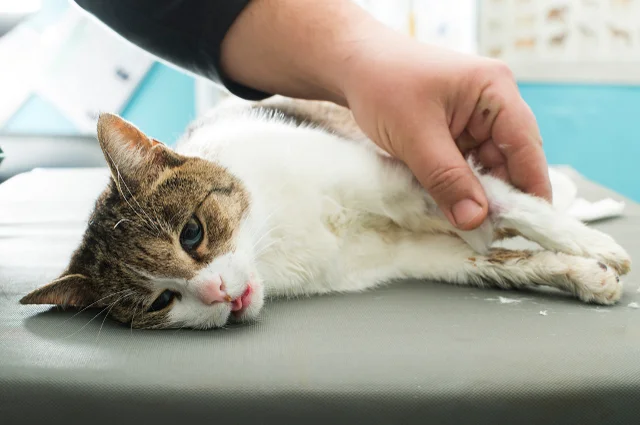
Jeyes Fluid as a Cat Deterrent
While Jeyes Fluid is primarily intended for cleaning and disinfecting purposes, it is important to address a concerning practice that some people engage in – the use of Jeyes Fluid as a cat deterrent. This practice involves applying Jeyes Fluid to areas where cats are known to frequent (e.g. a garden) with the intention of deterring them from entering the space. This is because Jeyes fluid has a strong smell that is commonly believed to deter cats.
However, it is crucial to emphasize that using Jeyes Fluid in this manner is not only ineffective in the long-term (as the cat grows used to smell) but also highly inappropriate and potentially harmful to cats. Cats are sensitive animals, and exposing them to Jeyes Fluid can lead to severe health issues, including poisoning and skin irritation.
It is essential to promote humane and compassionate approaches to cat management, such as using safe and cat-friendly alternatives or seeking professional advice to address any concerns with cats in a responsible and ethical manner.
For cat owners, please keep an eye on your cats, and make sure they don’t wander outside without supervision for too long.
What to do if your Cat is Exposed to Jeyes Fluid?
Accidental exposure to Jeyes Fluid can be distressing for both cat owners and their feline companions. In such cases, it is crucial to take immediate action to minimize harm and ensure the well-being of the cat. Follow these steps if you suspect or discover that your cat has been exposed to Jeyes Fluid:
- Remove the cat from the contaminated area: If you witness your cat coming into contact with Jeyes Fluid, carefully and swiftly remove them from the area to prevent further exposure.
- Prevent ingestion: If the cat has ingested Jeyes Fluid, do not induce vomiting unless explicitly instructed to do so by a veterinarian. Instead, move on to the next steps and seek professional guidance.
- Rinse the cat’s fur: If the cat’s fur has come into contact with Jeyes Fluid, rinse it with warm water. Gently pour water over the affected areas, ensuring that the water flows away from the cat’s face. Use a mild cat-friendly shampoo if necessary, following the instructions carefully. Thoroughly rinse the fur to remove any residual product.
- Observe the cat’s behavior: After exposure, monitor your cat closely for any signs of distress or symptoms mentioned earlier, such as vomiting, diarrhea, difficulty breathing, or skin irritation. Make a note of any changes in their behavior or health.
- Limit access to contaminated areas: Prevent further exposure by keeping the cat away from the area treated with Jeyes Fluid. Block off access or create barriers to ensure they cannot re-enter the space until it is safe.
To be on the safe side, you should contact your veterinarian as well, and let him know what happened. He can further advise you on the situation, and also step-in if the condition of your cat worsens.
Conclusion
In conclusion, accidental exposure to Jeyes Fluid can pose significant risks to the health and well-being of our feline companions.
Let’s prioritize our cats’ safety and well-being by using cat-friendly alternatives and discouraging the use of Jeyes Fluid as a cat deterrent. Responsible and compassionate approaches to cat management will not only protect our feline friends but also promote a harmonious coexistence between cats and their human counterparts.
